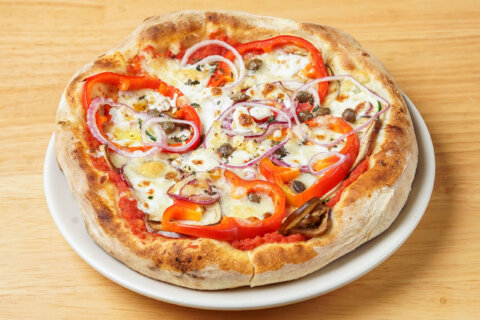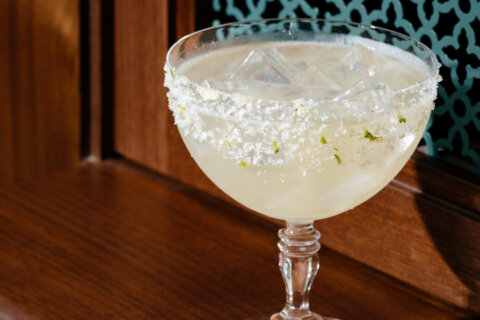It’s no secret that sugary beverages are the No. 1 source of added sugars in the diets of Americans. But if you dig a tad deeper into the research, you may be surprised to find out that the Café Mucamuclogalacka (I made this name up) at your favorite coffee shop can also be a big contributor to your daily sugar intake.
Here are the major sources of added sugars in the diets of Americans: [CHART]
While soft drinks rank high on the list, coming in at 25 percent, those sugary coffee and tea beverages contribute 7 percent of the added sugars that Americans are gulping daily — more than double the amount that’s coming from sport and energy drinks. Research shows that added sugars in the diet are associated with excess body weight in both children and adults.
According to the latest Scientific Report of the 2015 Dietary Guidelines for Americans Advisory Committee, added sugars should be limited to no more than 10 percent of your total calories daily. If you’re consuming 2,000 calories a day, this translates to no more than 200 calories, the equivalent of 50 grams of sugar, daily. Americans, on average, are exceeding this level and are currently consuming more than 13 percent of their calories from added sugars daily.
To help consumers become more sugar aware, the Food and Drug Administration is pondering a rule that would require food and beverages companies to list the grams of added sugars per serving on the food label of their products. Until this rule becomes mandatory, you can visit the websites of many coffee shops before placing your order to hunt for the grams of sugar in each serving of your favorite beverage.
But be aware that the nutrition information on these websites lumps lactose, the sugar that is found naturally in milk, along with the sweeteners that are added to the beverage. For example, if you add a half cup of nonfat milk to your large morning java, you will be adding 6 grams of lactose (the natural sugar) to the beverage. This naturally-occurring sugar in milk and other dairy foods is not a health concern. More importantly, adding milk is a terrific way to add both vitamin D and calcium, two nutrients many Americans are falling short of daily, to your diet.
After scouring the Internet, here are some examples of popular coffee and tea beverages that provide an added sugar jolt, as well as some lower sugar alternatives:
| Calories | Sugars (grams) | |
|---|---|---|
| INSTEAD OF: Dunkin Donuts® Dunkaccinno, large |
490 | 54* |
| TRY THIS: Dunkin Donuts® Cappuccino, with milk, no added sugars, large |
160 | 13 |
| Calories | Sugars (grams) | |
| INSTEAD OF: Starbucks® Blackberries & Crème Frappuccino® Blended Crème, whole milk, w/whipped cream, grande |
370 | 53* |
| TRY THIS: Starbucks® Cold Brew Coffee with 2% milk, grande |
110 | 23 |
| Calories | Sugars (grams) | |
| INSTEAD OF: Peets® Pumpkin Chai Tea, small, w/nonfat milk, (no whipped cream) |
226 | 45* |
| TRY THIS: Peets® Mighty Leaf Loose Leaf Teas, small, no milk |
5 | 0 |
| *Includes some milk |
If you want to consume any of these sweetened beverages, keep to a size small, and reduce the added sugars elsewhere in your diet.
More from U.S. News
Got Diabetes? Why You Must Protect Your Feet
What Really Works for Cellulite?
10 Signs Your Thyroid is Out of Whack
Is Your Coffee Giving You a Sugar Jolt? originally appeared on usnews.com







